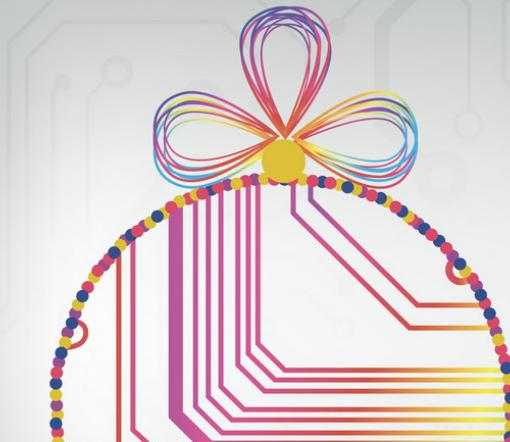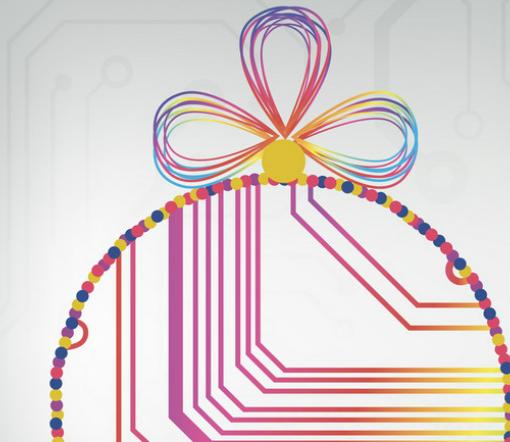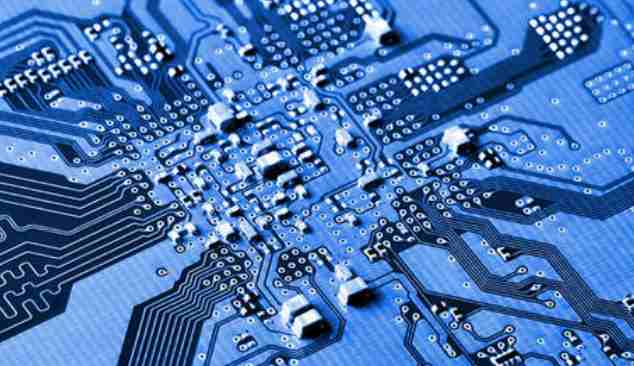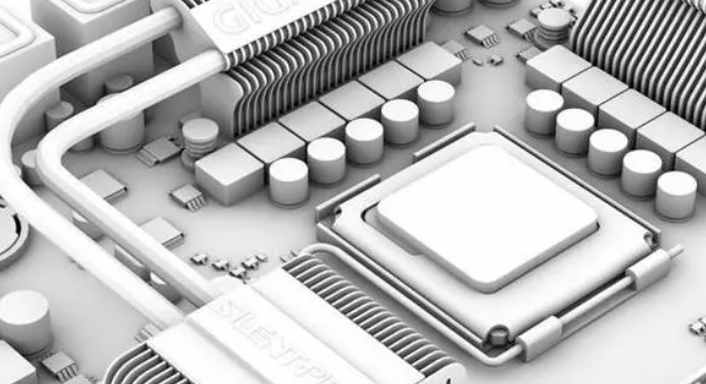
Reduce the noise from the power supply while providing energy to the system, the power supply also adds its noise to the power supply. The reset line, interrupt line, and other control lines of the microcontroller in the circuit are most susceptible to external noise interference. Strong interference on the grid enters the circuit through the power supply, and even in battery-powered systems, the batteries themselves have high-frequency noise. The analog signal in the analog circuit is more resistant to interference from the power supply.
(5) Pay attention to the high frequency characteristics of the printed wire board and components. Under the high frequency condition, the lead, through hole, resistor, capacitor and distributed inductance and capacitance of the printed circuit board can not be ignored. The distributed inductance of the capacitor is not negligible, and the distributed capacitance of the inductor is not negligible. The resistance produces a reflection of the high frequency signal, and the distributed capacitance of the lead comes into play. When the length is greater than 1/20 of the wavelength corresponding to the noise frequency, an antenna effect is created, and noise is emitted outward through the lead.
The hole of the printed circuit board causes a capacitance of approximately 0.6pf.
The packaging material of an integrated circuit itself introduces 2~6pf capacitors.
A connector on a circuit board with a distributed inductance of 520nH. A 24-pin IC stand with a double straight spike introduces a distributed inductance of 4~18nH.
These small distribution parameters are negligible for the low frequency microcontroller system in this row; Special attention must be paid to high-speed systems.
 (6) Component layout should be reasonably divided.
(6) Component layout should be reasonably divided.
The position of component arrangement on the printed circuit board should fully consider the problem of electromagnetic interference resistance. One of the principles is that the lead between the components should be as short as possible. In the layout, the analog signal part, high-speed digital circuit part, noise source part (such as relay, large current switch, etc.) these three parts should be separated reasonably, so that the signal coupling between each other is minimal.
G Handle the ground wire on the printed circuit board, the power cord and ground wire are the most important. To overcome electromagnetic interference, the most important means is grounding.
For double panels, ground layout is particularly exquisite, through the use of single point grounding method, the power and ground are connected to the printed circuit board from both ends of the power supply, a contact of the power supply, a contact of the ground. On the printed circuit board, there should be multiple return ground wires, which will converge to the contact of the return power supply, which is called single point ground. The so-called analog, digital, high-power device to open, refers to the wiring is separated, and finally gathered to the ground point. When connecting to signals other than the printed circuit board, shielded cables are usually used. For high frequency and digital signals, both ends of the shielded cable are grounded. Low frequency analog signal for the shielded cable, one end is better grounded.
Circuits that are very sensitive to noise and interference or circuits that are particularly noisy at high frequencies should be shielded with metal covers.
(7) Use good decoupling capacitance.
Good high frequency decoupling capacitors can remove high frequency components up to 1GHZ. Ceramic capacitors or multilayer ceramic capacitors have better high-frequency characteristics. When designing a printed circuit board, a decoupling capacitor is added between the power sources of each integrated circuit. The decoupling capacitor has two functions: on the one hand, it is the energy storage capacitor of the integrated circuit, providing and absorbing the charging and discharging energy of the integrated circuit at the moment of opening and closing the door; On the other hand, the high frequency noise of the device is bypassed. The typical decoupling capacitor of 0.1uf in digital circuits has 5nH distributed inductance, and its parallel resonance frequency is about 7MHz, that is, it has a good decoupling effect on noise below 10MHz, but almost no effect on noise above 40MHz.
The 1uf and 10uf capacitors have a parallel resonant frequency above 20MHz, and the effect of removing high frequency noise is better. It is often advantageous to have a 1uf or 10uf dehigh-frequency capacitor at the point where the power enters the printing plate, which is required even for battery powered systems.
A charge-discharge capacitor, or regenerative capacitor, should be added to every 10 pieces of integrated circuit, and the size of the capacitor can be 10uf. It is best not to use electrolytic capacitors, electrolytic capacitors are two layers of thin film rolled up, this rolled up structure at high frequency performance as inductance, the best use of bile capacitors or polycarbonate gestation capacitors.
The value of decoupling capacitance is not strictly selected and can be calculated according to C=1/f. That is, 10MHz is 0.1uf. For the system composed of microcontrollers, 0.1-0.01uF is acceptable.









